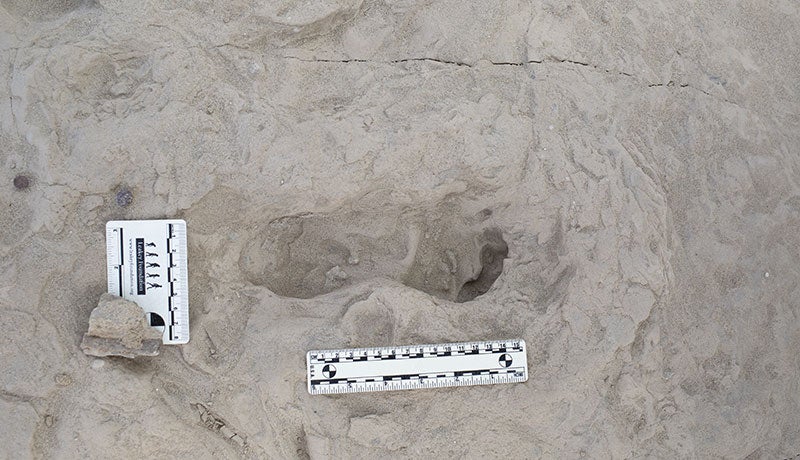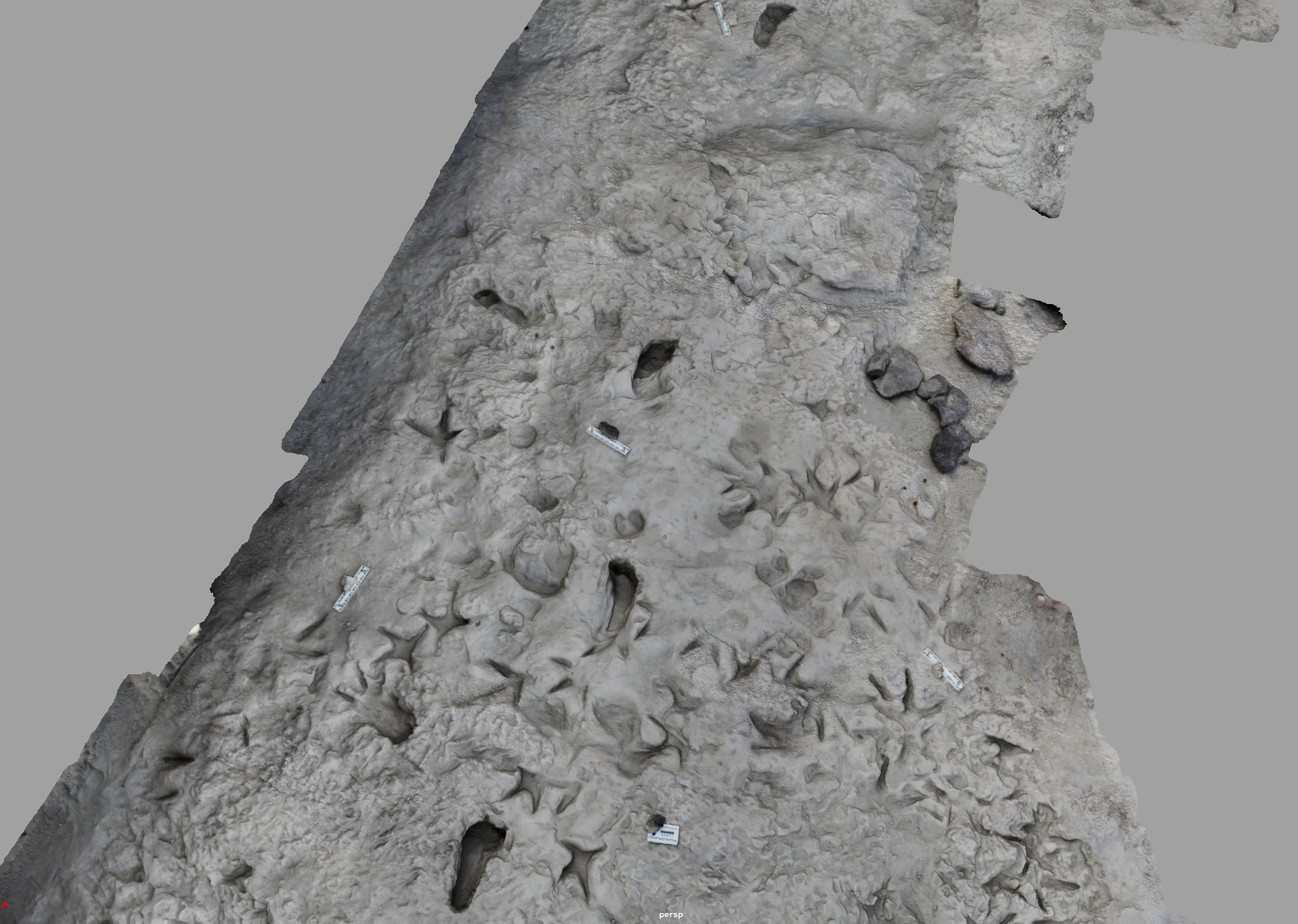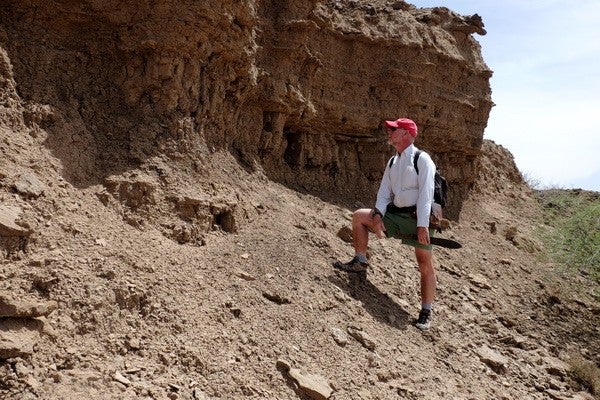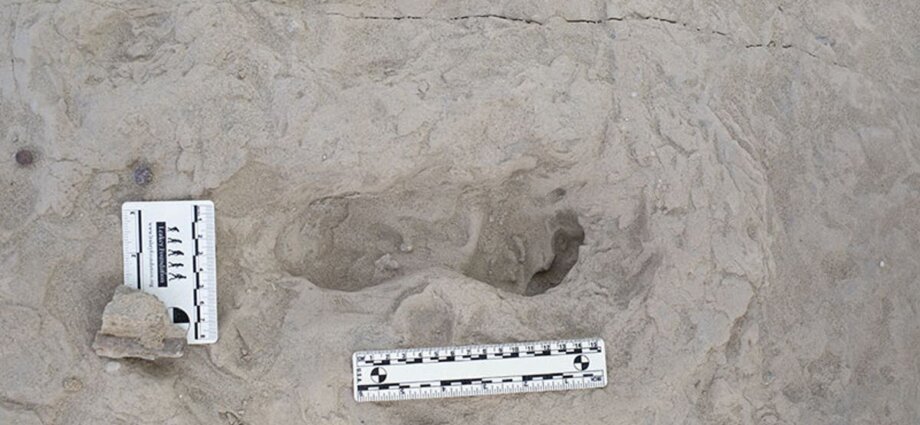A new discovery of fossils dating back 1.5 million years is giving scientists fresh insight into the behaviors of human ancestors known as hominins.
An international team of researchers said Thursday that they had found two sets of hominin footprints that were made about the same time on an ancient lake’s shore in present-day Kenya. It is, they said, a “fossil first” that offers proof different hominin species lived at the same time and space.
“Fossil footprints are exciting because they provide vivid snapshots that bring our fossil relatives to life,” Kevin Hatala, an associate professor of biology at Pennsylvania’s Chatham University, said in a statement. “With these kinds of data, we can see how living individuals, millions of years ago, were moving around their environments and potentially interacting with each other, or even with other animals. That’s something that we can’t really get from bones or stone tools.”
Halata, who has been investigating hominin footprints for over a decade, is the first author of an associated study published in the journal Science.

The footprints, the researchers said, mark the first example of two sets of hominin footprints made at about the same time on the shore of what is now the saline Lake Turkana. If the pair didn’t cross paths, Rutgers University’s Craig Feibel said they had traversed the area within just hours of each other. Feibel was a co-author of the study and has conducted research in that area since 1981.
First found in 2021 alongside fossil bones, the prints were distinguished using a three-dimensional analysis, revealing different patterns of anatomy and movement. The footprint surface was excavated in July 2022.

The name hominin is derived from the scientific classification of apes, and hominins are a group that consists of all of humanity’s immediate ancestors. Modern-day humans, also known as Homo sapiens, evolved from these older lineages of hominins, and scientists are unearthing fossils and tools to understand how.
While it has long been hypothesized that these hominins coexisted, their fates were different, Feibel noted. Homo erectus, a direct ancestor of humans, lasted for a million more years, while Paranthropus boisei went extinct within the next few hundred thousand years. The reason why remains a mystery, and both species were bipedal, agile, and had upright postures.
Feibel noted that the footprints are trace fossils that cannot be moved, unlike bones and other body fossils.

“This proves beyond any question that not only one, but two different hominins were walking on the same surface, literally within hours of each other,” he said. “The idea that they lived contemporaneously may not be a surprise. But this is the first time demonstrating it. I think that’s really huge.”











